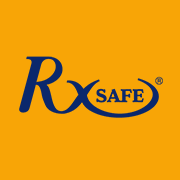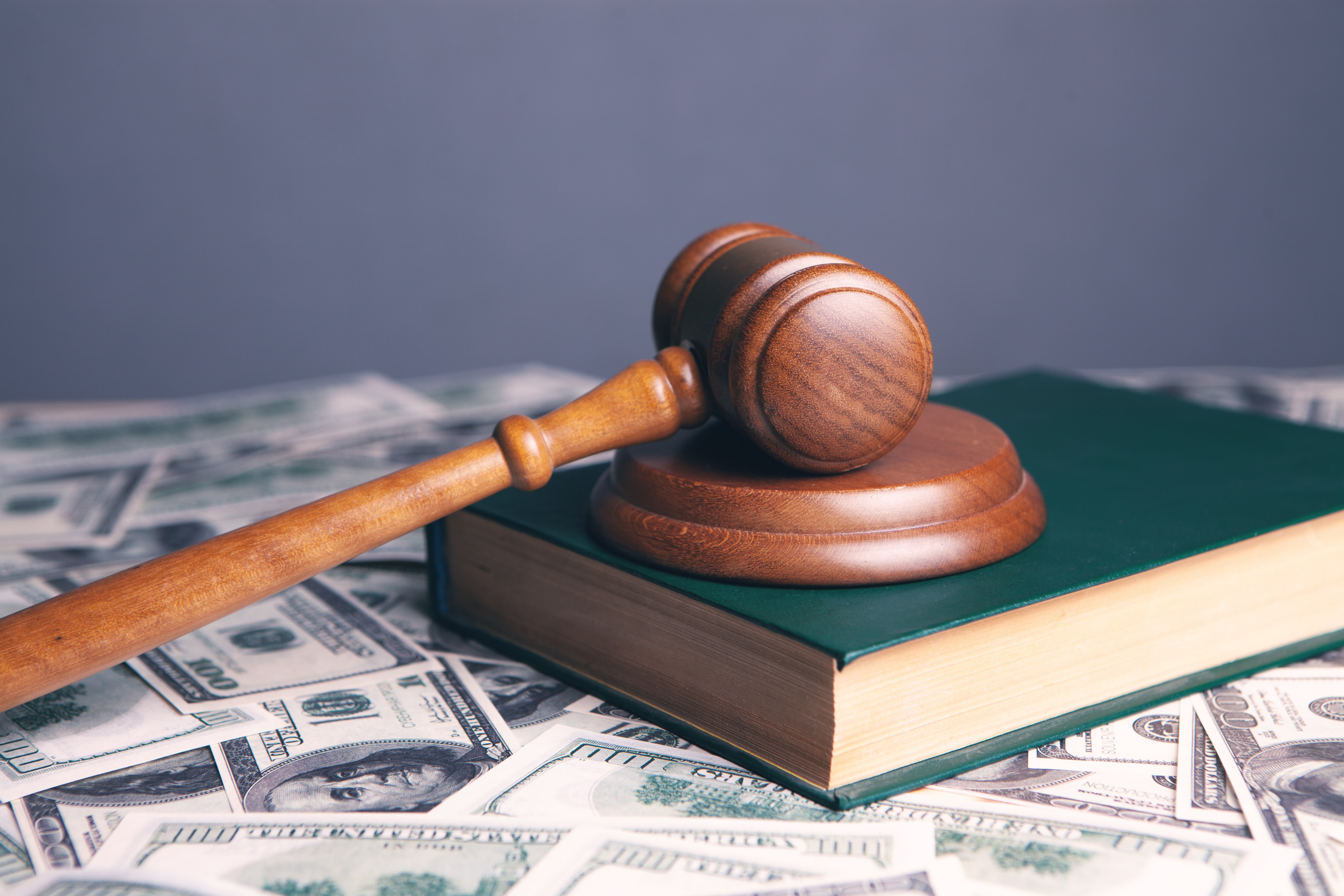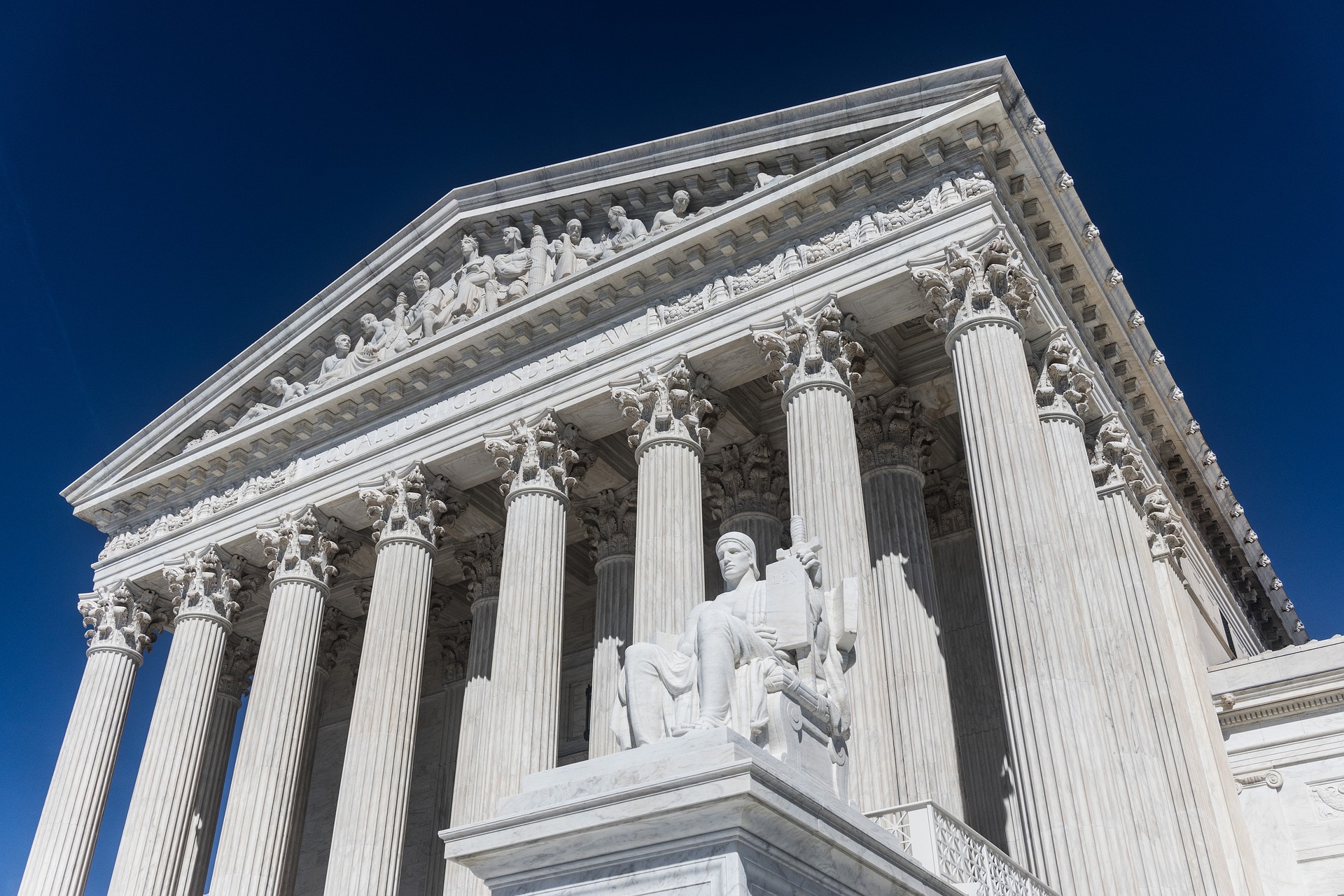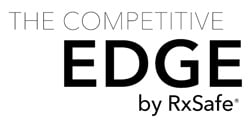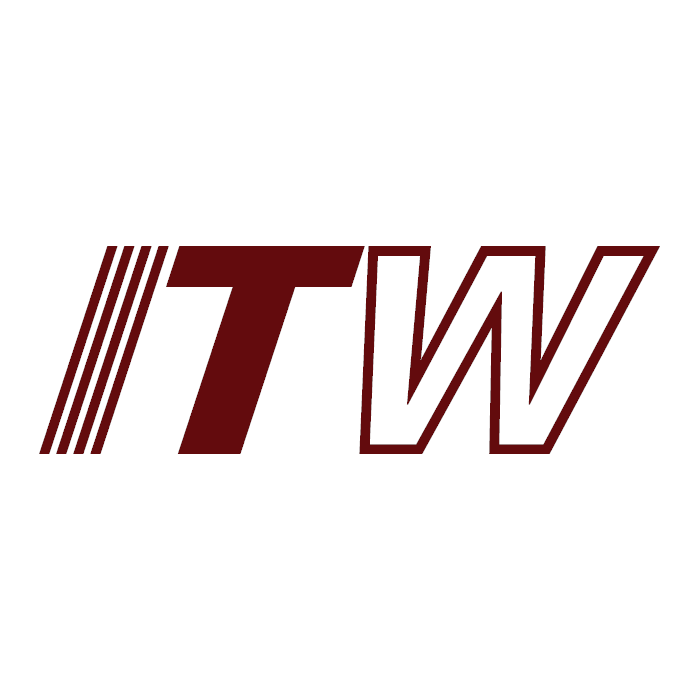Editor's note: Because pharmacy reimbursement remains one of the most complex and pressing concerns of independent pharmacy owners, we updated our original article with 2020 statistics.
U.S. spending on prescription drugs was $345.7 billion in 2019, up from $252.7 billion just 10 years ago, according to the latest government data. Pharmaceuticals’ share of total healthcare expenses is also growing rapidly. As pharmacies seemingly being exist every corner, and inside every grocery and department store, the casual observer might assume that retail pharmacies are profiting from this increase in spending on prescriptions. But, as every pharmacy owner knows, the profit margin on prescription drug sales is slim, and it continues to narrow due to low reimbursement rates set by private and government third-party payers. In fact, more independent pharmacies are closing their doors, with one in eight pharmacy owners closing their business.
Maximizing reimbursement is a vital component of any healthy community pharmacy. In order to best serve your patients, you need to provide quality service; and, delivering high quality consistently requires an investment of both time and money. Therefore, shrinking reimbursement is a complex problem. In this post, we break down pharmacy reimbursement by its components, and where appropriate, we explain how RxSafe can help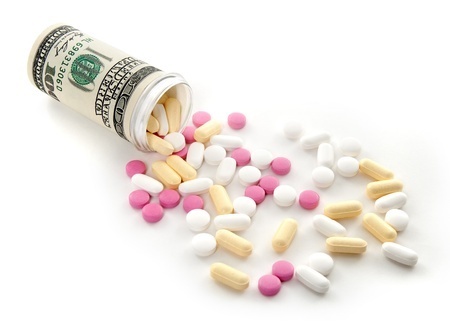
Medicare, Medicaid and Private Pay
While a number of consumers pay cash for their prescriptions, most patients are covered either by Medicare, Medicaid, or private insurance. With respect to Medicaid, the program pays for more than one-quarter of all medications dispensed in the U.S. In 2005, Congress changed the basis for determining prescription drug reimbursement for Medicaid from the Average Wholesale Price (AWP) to the Average Manufacturer’s Price (AMP). The Centers for Medicare & Medicaid Services (CMS) calculates AMP to define rebates for brand-name and generic drugs. Because rebates range from 13% to 23.1% of the AMP, they are often the deciding factor in whether a pharmacy makes a profit (or a loss) on a specific drug.
Even larger than Medicaid, the Medicare program pays for more than half of all prescriptions annually in the United States. Medicare Part D, which pays for prescription drugs for seniors, was implemented in 2006. Pharmacy reimbursement under Part D is based on negotiated prices, which is usually based on the AWP minus a percentage discount, plus a dispensing fee (more on dispensing fees later).
Private third-party payers currently base their reimbursement formula on AWP. Private insurers, however, have traditionally followed the government’s lead and adopt reimbursement formulas set by the government.
Dispensing Fees vs. Costs
A dispensing fee compensates the pharmacy for transferring the drug from the pharmacy to the patient, including patient counseling. The national average cost of dispensing medications is $10.55 per prescription – not including pharmacy profit -- but Medicaid only reimburses a dispensing fee on average of $4.50 per prescription. Under Medicare, the pharmacist is paid even less -- $2.27 per prescription. In group-health plans or private insurance, a pharmacy benefit manager (PBM) negotiates the dispensing fee with the individual pharmacies, typically at 40 percent off the usual and customary dispensing fee charge.
With little control over reimbursement for drugs dispensed, a community pharmacist has only one option when it comes to profitably filling scripts: reducing the cost to dispense each prescription. That’s where RxSafe comes in. With unparalleled accuracy and speed, the RxSafe 1800 can fill up to 120 scripts per hour, meaning less fill labor and less put-away labor, and no searching for lost items. What’s more, RxSafe’s inventory management automation means up to 30% less on hand inventory, plus less waste due to expired drugs, so pharmacies spend less and see more profit. In addition, the space savings ability of the RxSafe can free up an average of 100 sq. ft. per pharmacy. More floor space means more revenue for your pharmacy.
PBMs and MACS and DIRs
Any discussion of reimbursement must plainly take into account the cost of medications being dispensed. Especially in the area of generic drugs – where costs are rising dramatically – pharmacies are often reimbursed less than the acquisition cost of the drug.
That’s because when drug manufacturers raise the price for generics, PBMs are slow at updating the maximum allowable cost (MAC) for each drug. PBMs can take several weeks or months to update listings for MAC prices. Perhaps not surprisingly, when the cost of the drug goes down, PBMs act quickly to update the MAC list, to avoid potentially over-reimbursing their pharmacies.
In addition to issues with the MAC, PBMs also charge what are called direct and indirect remuneration (DIR) fees. Sometimes called “pay-to-play” fees, DIR fees occur when pharmacies pay to participate in preferred networks and reimbursement reconciliations. According to the National Community Pharmacists Association, “Plans and PBMs have used the term ‘DIR fee’ to describe a ‘true-up’ between a target reimbursement rate in a participating pharmacy agreement and the aggregated effective rate actually realized by a pharmacy, as well as a ‘true up’ between the aggregate MAC/adjudicated rate and the aggregate contracted rate.”
PBMs are required to report DIR fees annually to CMS. However, there is a lack of transparency and consistency in the calculation of DIRs and how fees are disclosed, so many pharmacies are left wondering if it’s a fair system. In addition, PBMs may audit pharmacies on performance metrics, which can be time-consuming and stressful.
The inventory management built into the RxSafe 1800 can dramatically reduce the time involved in audits. The system provides accurate, perpetual, real-time inventory tracking. Best of all, your entire pharmacy’s inventory can be managed by the system, whether it’s inside or outside the RxSafe.
How Can a Pharmacy Increase Reimbursement and Revenue?

Click to watch the video above.
There’s another way for independent pharmacies to respond the “profit squeeze” described above: boosting star ratings. We recently published an entire article dedicated to improving your pharmacy’s star ratings, but in a nutshell, CMS, uses a five-star rating system to measure the quality of health plans. In turn, the health plans themselves evaluate the medication management services of pharmacies and assign their own ratings to them. Thus, anything you can do to increase your pharmacy’s efficiency, decrease errors and improve patient adherence, will improve your reimbursement, and thus your bottom line.
While we’re increasing reimbursement, we’d be remiss if we didn’t explore opportunities to grow revenue. Adding a RapidPakRx to your pharmacy can both increase reimbursement and revenue simultaneously. The pouch packaging automation system is scalable for any size pharmacy or volume. The system has been proven to actually increase the size of your geographic customer base.
How Can RxSafe Help Reduce DIR Fees?
RxSafe offers solutions for pharmacies of all sizes. If you’re interested in maximizing your pharmacy’s revenue and profitability, contact us today to see what we can do for you. Visit our RapidPakRx product page or call us at (877) 754-1285.

